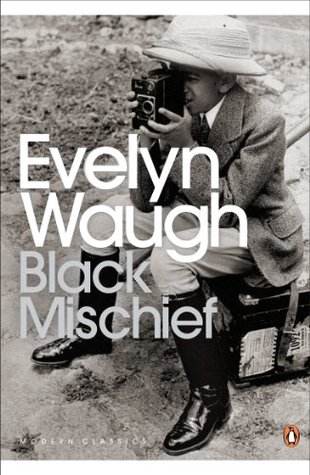
Another entry in the they’d-never-publish-this-today stakes, Black Mischief is ostensibly about the fag-end of colonialism when exhausted British charges d’affaires and regional officers oversaw the dismantling of the Empire. However, the fictional African state of Azania (loosely modelled on Ethiopia) is independent, its new ruler, the Emperor Seth, an enthusiast for all things modern.
The first chapter is an absolute masterpiece of mordant wit, describing the panic and collapse in a capital and a regime when its functionaries see the rebel soldiers approaching to take the capital. Waugh is quite brilliant in the way he captures the fear and uncertainty, and the reactions of the men and women trying to buy their way to keeping their skins. Then, it turns out, the approaching army is made of victorious loyalist troops, the rebellion has been defeated, and Emperor Seth can get on with his plans to turn Azania into a modern, progressive nation. It does not work out as he wished, despite his employment of Basil Seal, the feckless English emigre.
It’s all too marvellous to convey anything but a tiny hint of the book’s glitter: so long as you’re willing to put aside modern prejudices – which are just as prejudicial as those on display in the book, only more contemporary – then you will thank me for recommending Black Mischief to you.









